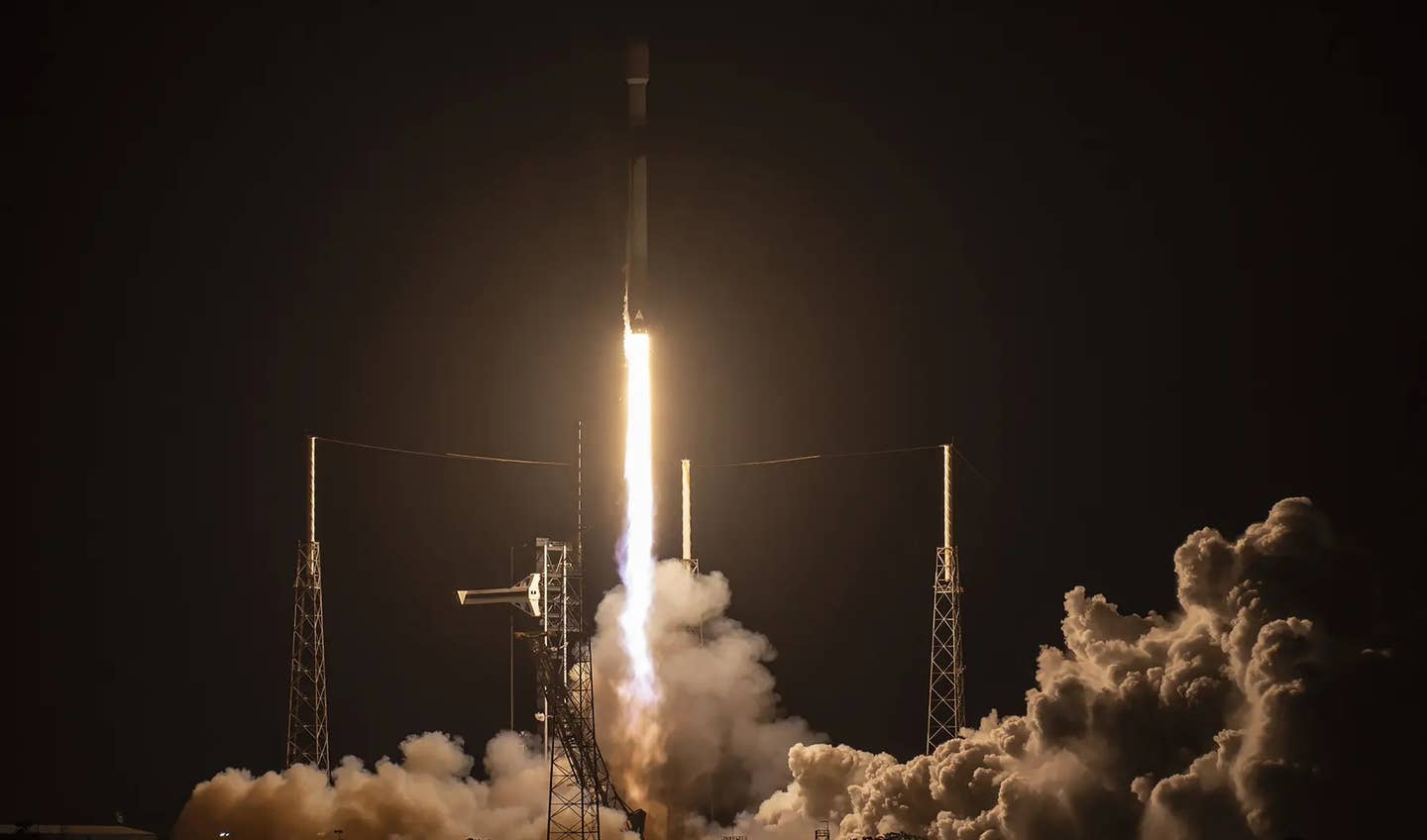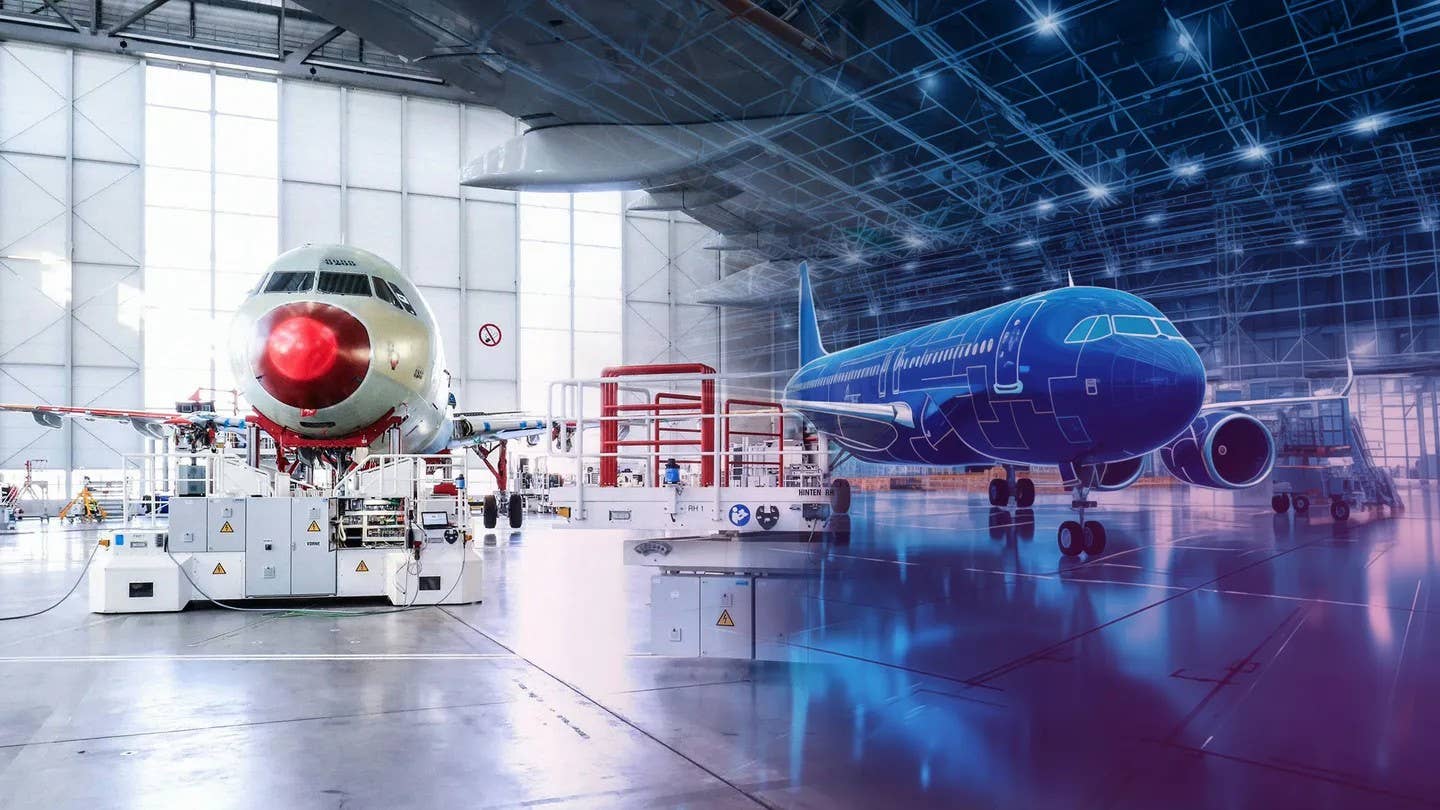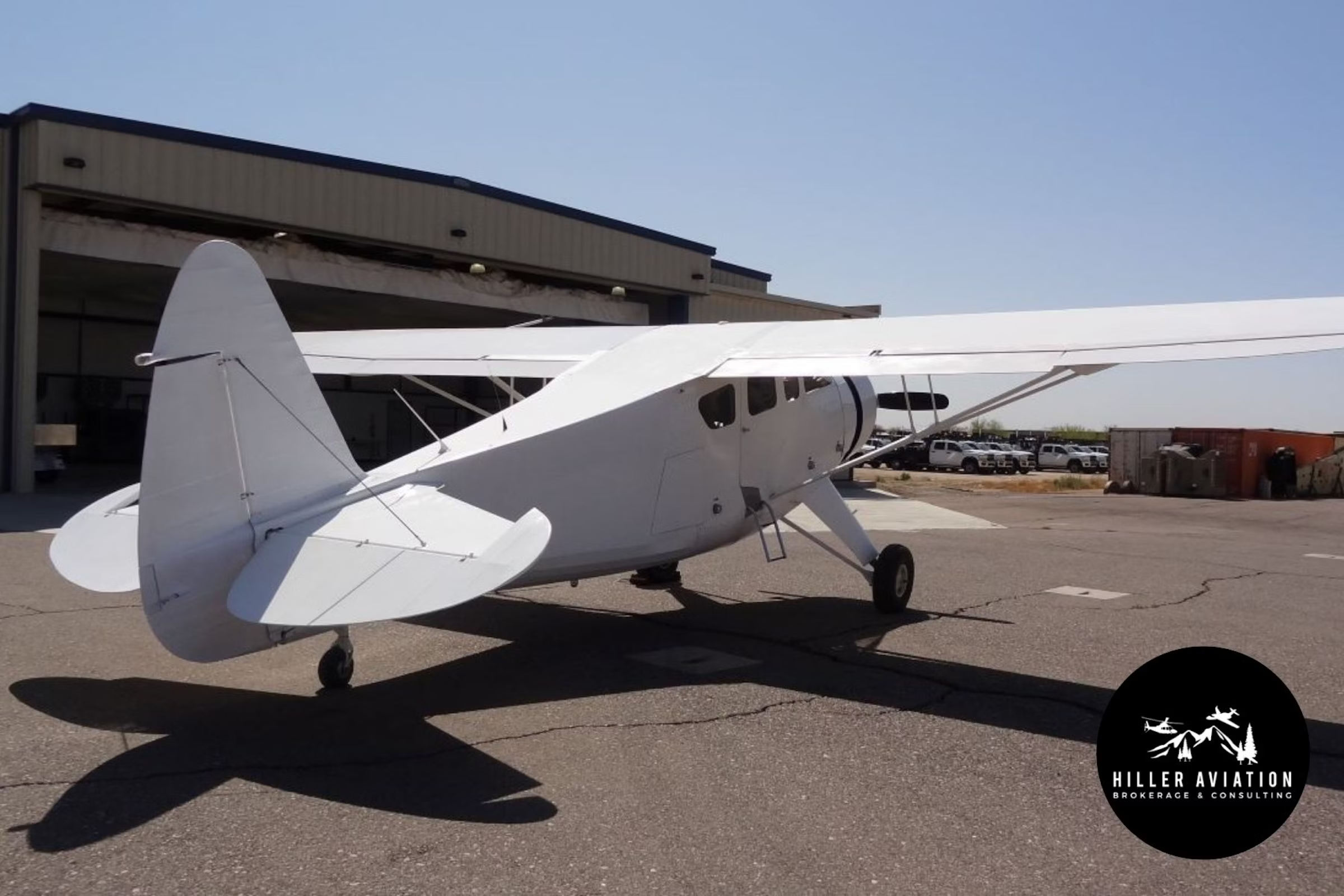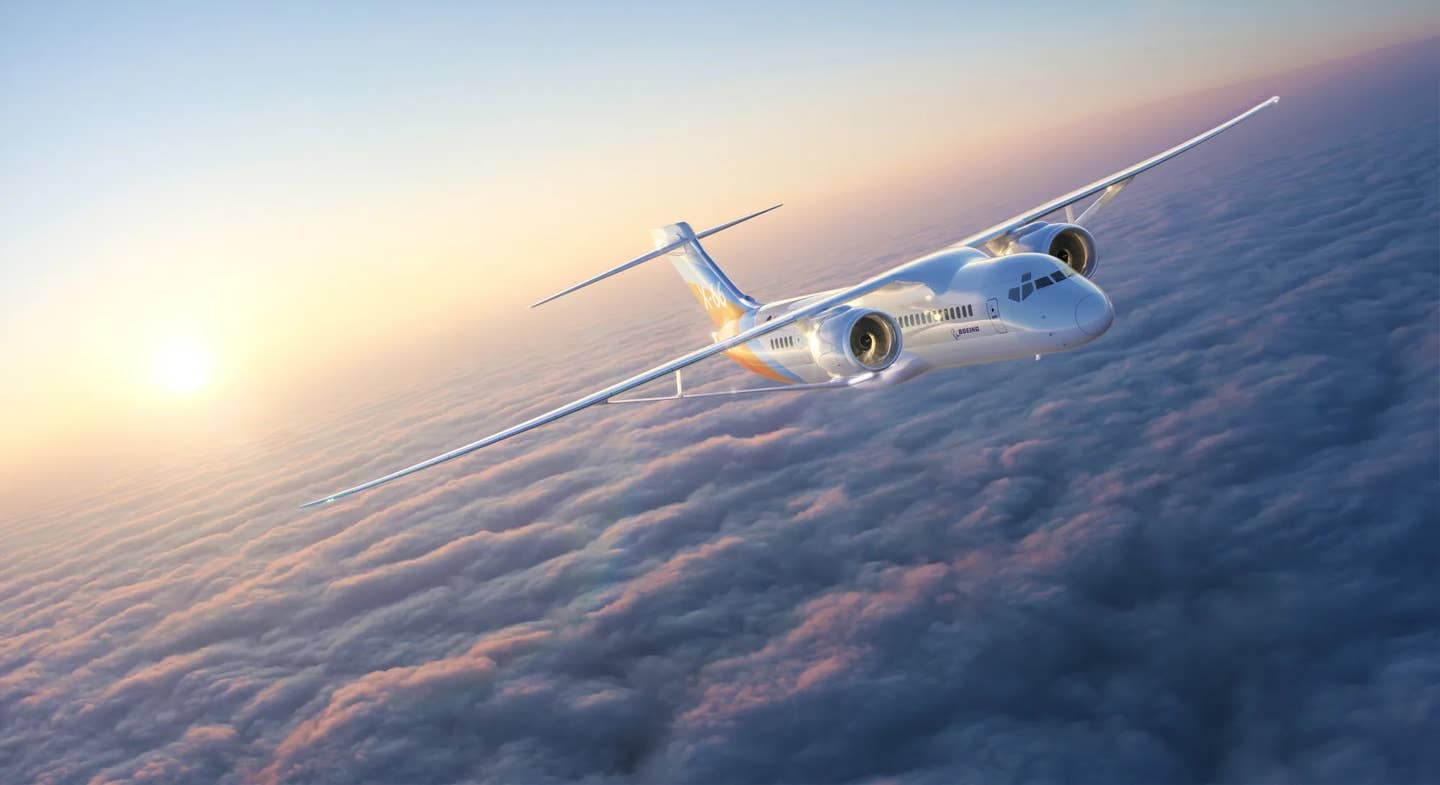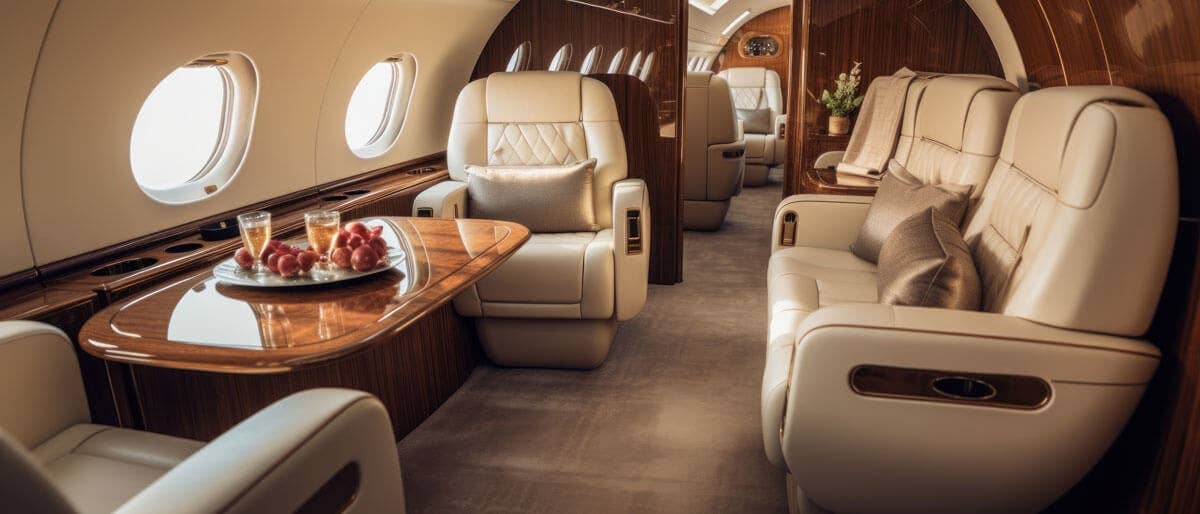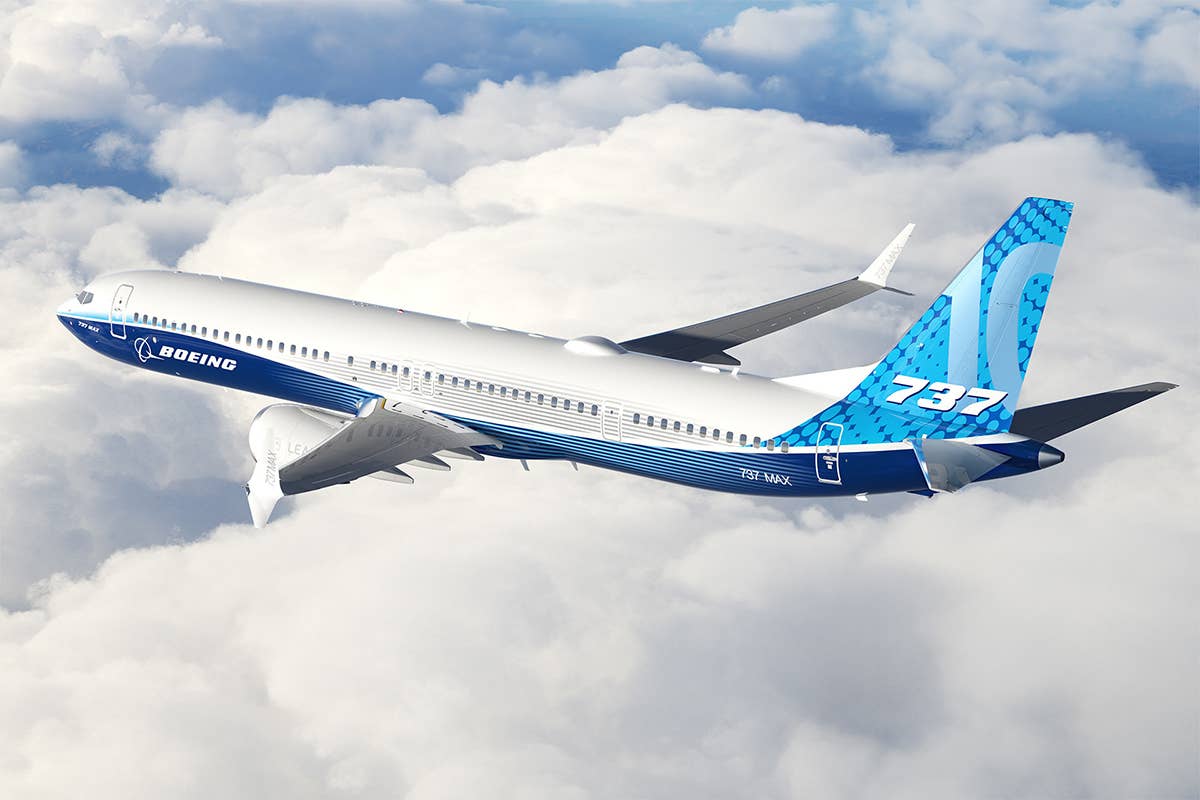
Boeing faces a deadline of this December to receive certification of its 737-10, the largest variant of the 737 Max program. [Courtesy: Boeing]
Boeing (NYSE: BA) president and CEO David Calhoun reportedly is not ruling out canceling development of the 737-10, as a December deadline approaches for FAA certification.
The report, published Thursday by Aviation Week, suggests Calhoun may be willing to play a high stakes game of chicken with Congress over whether to offer deadline relief for the aircraft formerly known as the 737 Max 10.
“The [737-10] is a little bit of an all-or-nothing,” Calhoun told Aviation Week. “This is a risk I’m willing to take. If I lose the fight, I lose the fight.”
Boeing did not immediately respond to FLYING’s request for comment.
Calhoun’s comments are just the latest episode in the saga of the Boeing 737 Max Program, which combined elements of an existing aircraft design with new, more fuel efficient LEAP-1B CFM International engines. Without providing pilot training, Boeing included a new maneuvering characteristics augmentation system (MCAS) in the airplane’s flight controls to compensate for the aerodynamic characteristics of the new engines. Accidents involving 737 Max 8 variants in Ethiopia and Indonesia killed 346 passengers and crew.
“This must be either a desperately incompetent form of bluffing, or [Boeing CEO David Calhoun] really just wants to destroy the company.”
Aviation Industry Analyst Richard Aboulafia
Shortly afterward, the airplanes were grounded worldwide for nearly two years until the MCAS could be updated and the airplanes recertified. An agreement with the U.S. Department of Justice to resolve a criminal charge related to allegations of conspiring to defraud the FAA resulted in Boeing agreeing to pay more than $2.5 billion in penalties, compensation, and a fund for victims’ families.
“If you go through the things we’ve been through, the debts that we’ve had to accumulate, our ability to respond, or willingness to see things through even a world without the -10 is not that threatening,” Calhoun told Aviation Week.
“This must be either a desperately incompetent form of bluffing, or he really just wants to destroy the company,” veteran aviation industry analyst Richard Aboulafia told FLYING on Thursday. “I’m not sure what a third explanation would be. I mean, this is a vitally important variant.”
If Boeing fails to receive FAA certification for the new aircraft by the deadline, it would be required to redesign the flight deck to include a new alerting system which would differ from Boeing’s other 737 Max variants—the 737-7, 737-8, and 737-9. Along with additional costs for development and testing, the move would very likely require pilot training to use the new system.
In 2020, Congress passed legislation giving Boeing two years to obtain FAA type certification unless it follows with new flight-crew alerting system requirements. A more rigorous FAA certification process is one reason why meeting the deadline has become a challenge.
Technical Advisory Boards
The FAA continues to make moves aimed at strengthening oversight of new aircraft designs. In February, the agency announced it would expand its use of independent technical advisory boards (TAB) in the certification process for commercial airliners, smaller aircraft, helicopters, and drones. TABs were formed for the recertification of the 737 Max and for Boeing’s new 777X widebody airliner which is under development.
Stiff Competition
The 737-10—the largest variant of the 737 Max family—seats up to 230 passengers and competes with the Airbus A321neo, which entered service with Virgin America in 2017.
Atlanta-based Delta Air Lines, which just began commercial service with A321neos last May, is reportedly close to a deal with Boeing to buy up to 130 737-10 jets, according to The Air Current, quoting unnamed sources. Boeing already has orders for more than 600 737-10s from 18 customers including United Airlines, according to Aviation Week.
Abandoning the 737-10 might increase resources that could be directed at developing a new clean-sheet Boeing airliner. The 737-10 “is Boeing's only hope for competing with the A321neo unless they launch a completely new jet,” said Aboulafia, a managing director at AeroDynamic Advisory. Another potential ripple effect of Boeing walking away: The reduced competition for Airbus might trigger a price hike for the A321neo. It will be interesting to observe how Calhoun’s bold strategy might affect the price of Boeing’s stock.
‘Could They Get a Waiver?’
With all the money, jobs, and investments at stake, Calhoun’s apparent willingness to abandon the 737-10 raises pressure on Congress to give Boeing relief from the deadline. “Could they get a waiver? Probably not. But it's possible,” Aboulafia said. Theoretically, Boeing could present lawmakers with an alternative that allows for a new flight crew alerting system, followed by a retrofit.
The powerful chairman of the House Transportation and Infrastructure Committee, Peter DeFazio (D-Oregon), has already said he is against such a move. DeFazio is planning to retire from Congress next year.
“DeFazio has made it very clear the answer is ‘no,’” said Aboulafia. “Getting past that—the optics aren't great. The FAA is under the gun. They know that. Congress is kind of under the gun. Everyone's under the gun.”
Calhoun told Aviation Week that Boeing makes a strong justification for certificating the 737-10 without an enhanced crew-alerting system.
“We’ll make that case to all parties, and I believe the outcome is going to be favorable and that we’re going to have a [737-10] flying out there, regardless of timing,” Calhoun told the online magazine. “I don’t expect [to cancel the program], and I don’t want anybody to think that. It’s just a risk.”
Les Abend, a retired, 34-year veteran pilot with American Airlines, offered a view from the flight deck.
“The fundamental stretching of the original 1964 design 50 feet longer requires at least the current iteration of the now-infamous MCAS system,” Abend said. “How much further can you stretch an old design and call it the same model airplane? When the flight characteristics created by the stretched airplane have to be compensated for by new technology, isn’t it time for a clean sheet prototype?”
Abend suggested an outside-the-box alternative, pointing out that the 737-10 is only 12 feet shorter than a Boeing 757-200. “Why not re-establish that fuselage production, add LEAP engines, and update the cockpit? The Boeing 747SP was the shorter, successful variation of the 747.”
He added, “Setting aside the myriad of economic consequences in scrapping certification for the 737-10, perhaps the Max taught us all a simple lesson. Safety first.”

Sign-up for newsletters & special offers!
Get the latest FLYING stories & special offers delivered directly to your inbox

